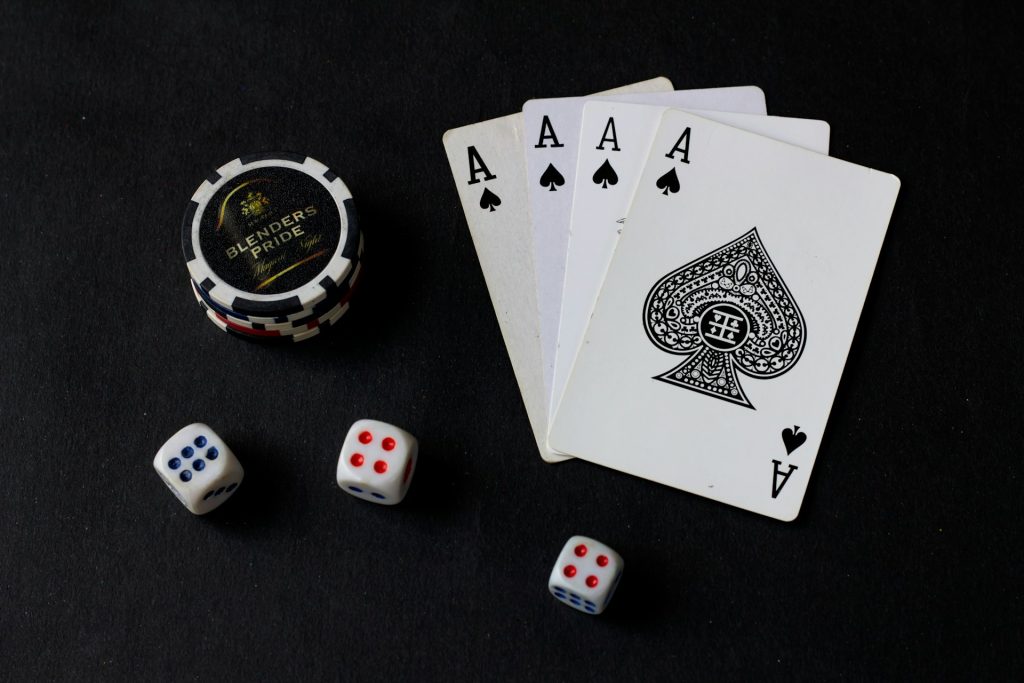A deck of cards is a timeless tool for entertainment, used in a myriad of games and activities around the world. Among the 52 cards in a standard deck, aces hold a special significance, often serving as the highest-ranking cards in many games. In this article, we’ll delve into the world of aces, exploring their quantity in a deck of cards and their significance in gameplay.
Understanding the Components
Before we can determine the number of aces in a deck of cards, it’s essential to understand the composition of a standard deck. A standard deck consists of 52 cards, divided into four suits: hearts, diamonds, clubs, and spades. Each suit contains 13 cards, including numbered cards ranging from 2 to 10, along with three face cards: jack, queen, and king.
Counting the Aces: How Many Are There in a Deck?
Aces are special cards that hold unique value in many card games. In a standard deck of cards, there are four aces—one for each suit. These aces are typically represented by symbols such as a heart, diamond, club, or spade, and they often hold the highest rank in gameplay.
The Significance of Aces: Their Role in Card Games
Aces hold immense strategic importance in various card games like poker, blackjack, and bridge. As the highest-ranking cards, they often dictate the outcome of hands and heavily influence players’ decisions. In poker, for instance, a hand with an ace can significantly increase its value, potentially leading to victory. In blackjack, an ace can be counted as either one or eleven, providing players with flexibility in their hands. Similarly, in bridge, aces are pivotal in determining the strength of a player’s hand and their ability to win tricks. Their dual nature as both high and low cards introduces layers of complexity to gameplay, keeping players engaged and enhancing the overall excitement of the game. Thus, aces are not merely cards but essential components of strategic gameplay in the world of card games.
Aces in Symbolism: Beyond Gameplay
Beyond their role in gameplay, aces hold symbolic significance in various cultural contexts. In many traditions, aces symbolize strength, power, and victory, reflecting their status as the highest-ranking cards in the deck. Their iconic status has led to their incorporation into art, literature, and folklore, where they often represent themes of luck, fortune, and success. From ancient myths to modern literature, aces have been portrayed as symbols of triumph and achievement, inspiring individuals to strive for greatness and overcome challenges. In popular culture, phrases like “ace in the hole” and “ace up your sleeve” further highlight the enduring influence of aces as symbols of opportunity and advantage.
Aces—The Cornerstone of Card Gaming
Aces are indeed the cornerstone of card gaming, embodying the essence of power and fortune. With four aces in a standard deck, each representing a suit, they hold sway over the outcome of games and shape players’ strategies. Beyond their functional role, aces carry deeper symbolic meanings, symbolizing triumph and resilience. Whether you’re playing a hand of poker, enjoying a game of blackjack, or simply marveling at the artwork on the cards, the presence of aces reminds us of the unpredictable nature of fate and the thrill of taking risks. So, the next time you shuffle a deck of cards, take a moment to appreciate the significance of those four mighty aces waiting to be revealed.

